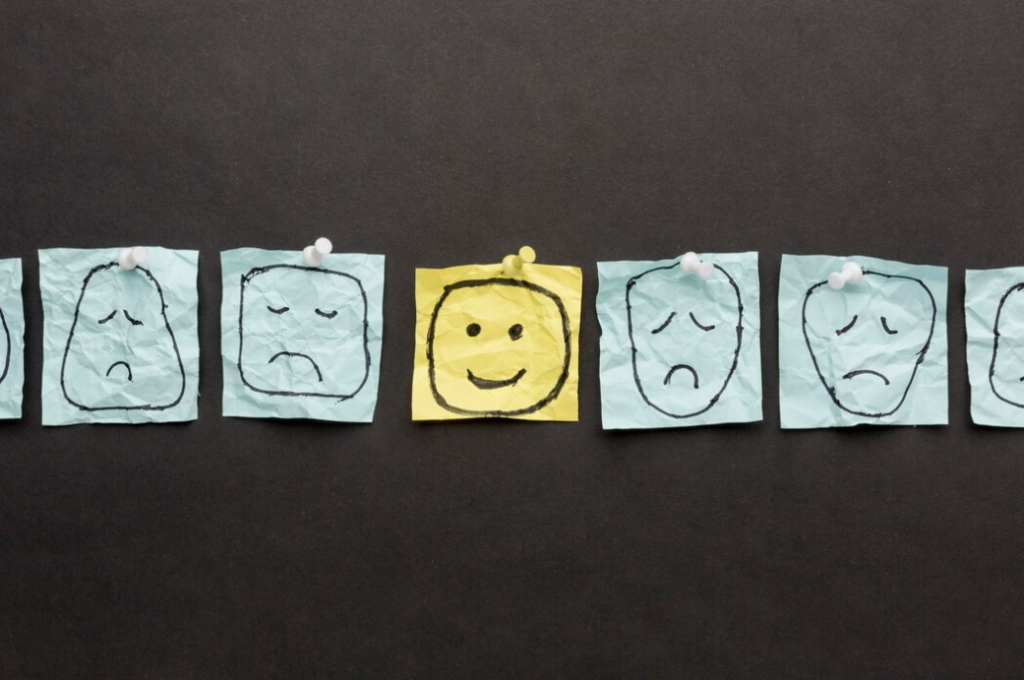In today’s fast-paced world, the ability to persevere in the face of adversity is a vital skill. Whether you’re facing a challenging task at work or coping with personal hardships, developing toughness can make the difference between giving up and pushing through. But what does it really mean to be “tough”? And how can one develop this quality? In this article, we’ll delve into the essence of toughness, and offer practical strategies for becoming a more resilient individual.
Understand What True Toughness Means
At a glance, society often misconstrues the concept of toughness, linking it to stoic, emotionless individuals who never flinch. However, this perception couldn’t be further from the truth. True toughness encompasses far more than a mere stoic façade. It isn’t about suppressing emotions or adopting a hardened exterior. Rather, true toughness is rooted in resilience—the ability to face adversities head-on and come out stronger on the other side.
Being tough doesn’t mean brushing off emotions or displaying an insensitivity to the world around you. Everyone, regardless of how tough they seem, experiences a plethora of emotions, from joy and love to sadness and frustration. It’s the way one handles and responds to these emotions that sets apart the genuinely tough individuals from the rest. Instead of allowing emotions to cloud judgment or dictate behavior, those who possess true toughness can channel these feelings constructively, using them as catalysts for growth and understanding.
Resilience, an integral component of toughness, isn’t just about bouncing back from setbacks, though that is undeniably a crucial aspect. It’s also about anticipating potential challenges and preparing for them, adapting to new situations with grace, and being flexible in one’s approach to obstacles. This resilience isn’t limited to the mental realm alone. Physical resilience—like the ability to endure strenuous physical activities or recover quickly from illnesses—and emotional resilience—the capacity to maintain emotional equilibrium in trying times—are equally important facets of toughness.
Additionally, a key feature of true toughness is the preservation of composure. Life is bound to throw curveballs, presenting situations laden with stress and uncertainty. The genuinely tough individuals are those who, amidst these storms, can keep their focus, make rational decisions, and remain composed. They view challenges not as insurmountable barriers but as opportunities for growth, learning, and self-discovery.
The Mental Side of Toughness

Developing a Growth Mindset
- At the heart of mental toughness lies a fundamental belief system known as the growth mindset;
- Popularized by psychologist Carol Dweck, this mindset champions the idea that our talents and abilities are not stagnant or fixed;
- Instead, they are malleable and can be cultivated with time, effort, and a dedication to improvement;
- When one adopts a growth mindset, they step away from the limiting beliefs that may have held them back.
This perspective not only infuses individuals with an insatiable thirst for knowledge and learning but also arms them with the resilience required to tackle challenges head-on. When faced with setbacks, they don’t see them as failures but as feedback, turning stumbling blocks into stepping stones toward greater achievement.
Embracing Challenges
The true essence of mental toughness is also manifested in one’s attitude towards challenges. Instead of viewing challenges as daunting threats that loom large, reframe them as invaluable opportunities. These are not mere obstacles; they are chances to test one’s mettle, adapt, learn, and grow.
By adopting this mindset, adversity no longer becomes something to dread or avoid. Rather, it becomes a welcomed part of the journey, integral to personal and professional development. Embracing challenges head-on equips individuals with a vast array of experiences, teaching them invaluable life lessons and fortifying their mental arsenal for future hurdles.
Self-talk and Affirmations
- The internal dialogue that continually plays in our minds holds significant sway over our beliefs, actions, and overall outlook on life;
- Harnessing the power of positive self-talk can have transformative effects on one’s mental toughness;
- Instead of being your harshest critic, learn to be your biggest cheerleader;
- Replace negative thoughts with uplifting affirmations that validate and empower.
By consistently reminding oneself of personal strengths, past achievements, and capabilities, a shift occurs in self-perception. Over time, this repetitive reinforcement strengthens self-belief and confidence. And with that bolstered confidence, mental barriers are more easily overcome, further enhancing resilience and toughness.
Physical Resilience and Its Connection to Mental Toughness

Regular Exercise
Physical activity is more than just a pathway to a healthier body; it’s a cornerstone for cultivating a resilient mind. The benefits of exercise transcend the obvious physical advantages. Each time we engage in physical activity, our bodies release a cocktail of chemicals, including endorphins, which are often termed ‘feel-good’ hormones. These not only uplift our mood but also act as natural painkillers, making us feel more vibrant and alive.
Beyond the biochemical interactions, regular exercise acts as a training ground for discipline, dedication, and persistence. Committing to a fitness routine, pushing past the resistance, and consistently showing up even on days when motivation wanes, are all reflective of mental toughness. Over time, as one pushes their physical boundaries, runs that extra mile, or lifts that heavier weight, they inadvertently cultivate a mindset of perseverance, determination, and resilience.
Embracing Discomfort
Comfort is enticing; it’s a cozy cocoon that shields us from the uncertainties and challenges of the outside world. However, growth rarely occurs in this comfort zone. To truly build both physical and mental resilience, one must learn to dance with discomfort. Intentionally stepping into situations that challenge our tolerance levels—like enduring cold showers, experimenting with intermittent fasting, or engaging in high-intensity workouts—can serve as controlled environments where we confront and adapt to discomfort. This isn’t about masochism or putting oneself in harm’s way. It’s about understanding that growth often accompanies discomfort. By safely and periodically challenging our physical limits, we not only bolster our physical resilience but also train our minds to remain composed, adaptable, and resilient in the face of discomfort. This cultivated resilience then spills over into other aspects of life, equipping us to handle mental and emotional challenges with greater tenacity.
Building Emotional Resilience
Seek Support and Build Relationships
Contrary to the often-romanticized image of the lone warrior, real strength often stems from the bonds we nurture and the communities we belong to. The notion that toughness is synonymous with isolation is a misleading myth. Humans, by nature, are social creatures, and our emotional well-being is intricately tied to our interpersonal relationships. These connections, whether with family, friends, or mentors, serve as safe havens—places of understanding, empathy, and encouragement. In moments of doubt, it’s these relationships that remind us of our worth, our potential, and our journey.
Moreover, a diverse network provides a plethora of perspectives, helping us navigate challenges with a more rounded viewpoint. Seeking support isn’t a sign of weakness; it’s a testament to our understanding of the collective strength that community offers. By investing time and energy into nurturing meaningful relationships, we build an emotional safety net that catches us in our vulnerable moments, ensuring we never truly face adversities alone.
Practice Emotional Regulation Techniques

The realm of emotional resilience isn’t just about external support systems; it’s equally about mastering the inner tumult of emotions that ebb and flow within us. Emotional regulation is the art of understanding, managing, and effectively responding to our emotional states, especially in high-pressure or distressing situations.
- Techniques like mindfulness train us to be present in the moment, observing our emotions without judgment. This awareness gives us a clearer perspective, allowing us to react to situations rather than impulsively acting on our immediate emotions;
- Meditation, on the other hand, serves as a grounding practice, anchoring our minds and ensuring emotional stability. Deep breathing exercises act as immediate distress signals for our bodies, signaling the brain to shift from a state of heightened alertness to one of calm.
Regularly practicing these techniques not only equips us with the tools to handle emotional upheavals but also fosters a deeper understanding of our emotional landscapes. Over time, this mastery over emotions translates into greater composure, resilience, and balance, even in the face of life’s many storms.
Conclusion
Becoming tougher is a journey that involves developing mental, physical, and emotional resilience. By understanding the true essence of toughness and adopting the strategies mentioned, you can better navigate the challenges life throws at you. This journey towards resilience is akin to discovering your inner strength, a theme explored in the article Perfect Answer to “What Have You Been Up To?”. If you’re interested in personal growth and learning how to strengthen your character, the insights shared in the article can be a valuable companion on your path. Remember, being tough isn’t about being invulnerable; it’s about having the strength to face adversity, learn from it, and continue moving forward. So, if you’re seeking practical advice and strategies for bolstering your toughness, this article is a must-read.







